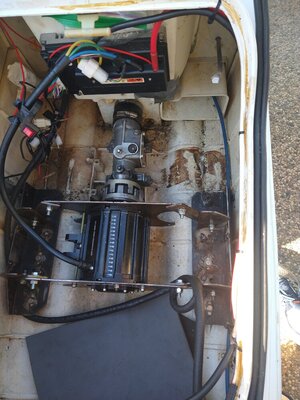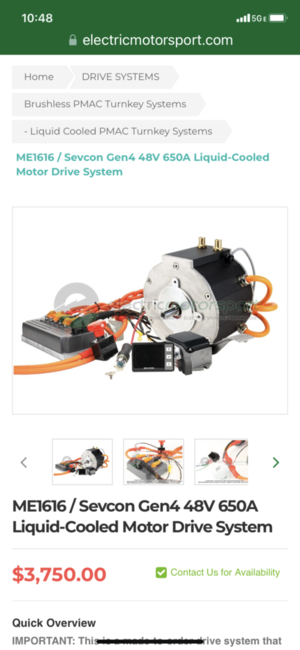2.2.1 Chordal Action
You will find that the position in which the chain and the sprockets engage fluctuates, and the chain vibrates along with this fluctuation. Even with the same chain, if you increase the number of teeth in the sprockets (change to larger diameter), vibration will be reduced. Decrease the number of teeth in the sprockets and vibration will increase.
This is because there is a pitch length in chains, and they can only bend at the pitch point. In
Figure 2.13, the height of engagement (the radius from the center of the sprocket) differs when the chain engages in a tangent position and when it engages in a chord.
Figure 2.13 The Height of Engagement
Therefore, even when the sprockets rotate at the same speed, the chain speed is not steady according to a ratio of the sprocket radius (with chordal action). Chordal action is based on the number of teeth in the sprockets:
Ratio of speed change = (Vmax − Vmin) / Vmax = 1 − cos (180°/N)
Figure 2.14 shows the result. In addition to the number of teeth, if the shaft center distance is a common multiple of the chain pitch, chordal action is small. On the other hand, if shaft center distance is a multiple of chain pitch + 0.5 pitch, chordal action increases. Manufacturing and alignment errors can also impact chordal action.
In a flat-belt power transmission machine, if the thickness and bending elasticity of the belt are regular, there is no chordal action. But in toothed-belt systems, chordal action occurs by circle and chord, the same as chains. Generally this effect is less than 0.6 percent, but when combined with the deflection of the pulley center and errors of belt pitch or pulley pitch, it can amount to 2 to 3 percent.







